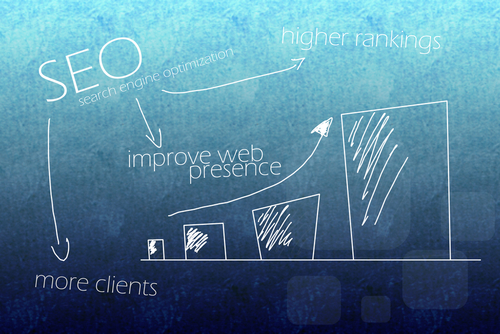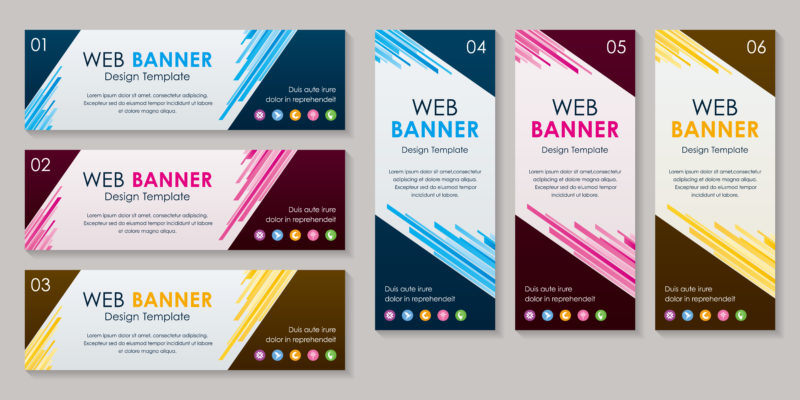
Popular Banner Ad Sizes in 2023
Top Performing and Common Banner Ad Sizes
Banners are a crucial component of any digital advertising campaign. They help businesses promote their products and services and drive traffic to their websites. But with so many banner sizes available and employed, it can be challenging to know which size will work best for your needs and what you would want from your designer. In this guide, we’ll explore the most popular banner standard sizes and provide tips on how to choose the right size for your advertising campaign.
What Are The Most Popular Sizes of Banner?
Banner standard sizes are predetermined sizes that have become widely used in the digital advertising industry. These sizes have become the industry standard, making it easier for designers to create ads that will fit seamlessly into different websites and for advertisers to prepare placeholders on their websites and social accounts.
There are several standard banner sizes that are commonly used in digital advertising, including:
- Leaderboard (728 x 90 pixels)
- Rectangle (336 x 280 or 300 x 250 pixels)
- Skyscraper (120 x 600 pixels or 160 x 600 pixels)
- Square (250 x 250 pixels or 336 x 280 pixels)
- Billboard (970 x 250 pixels)
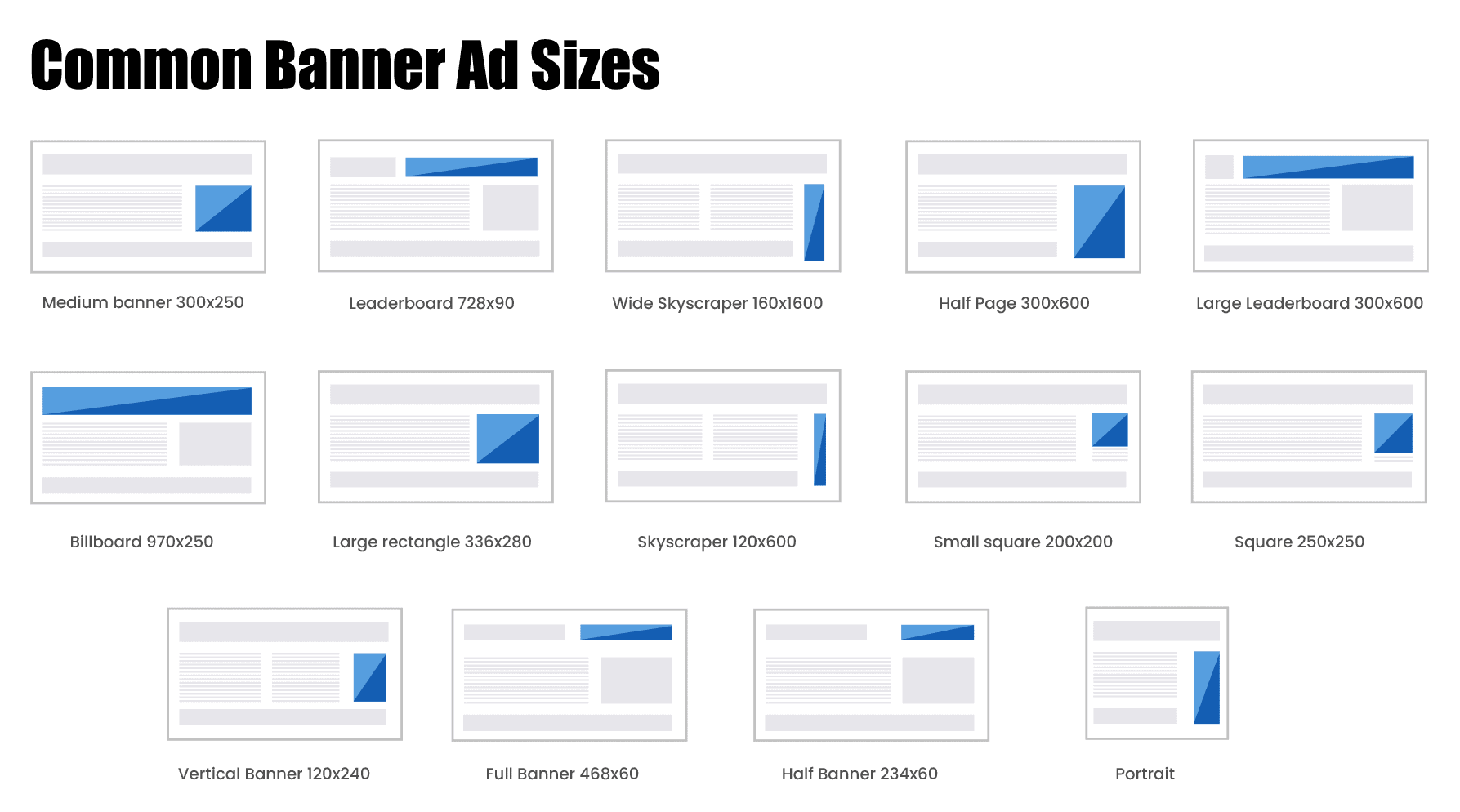
Let’s take a closer look at each of these banner standard sizes and how they can be used.
- Leaderboard (728 x 90 pixels)
One of the most commonly used banner sizes is the leaderboard, which measures 728 x 90 pixels. This size is perfect for website headers and footers, and it’s often used to display important information or calls to action. The leaderboard banner size provides plenty of space for text and images, making it an excellent choice for advertising campaigns that require a lot of information.
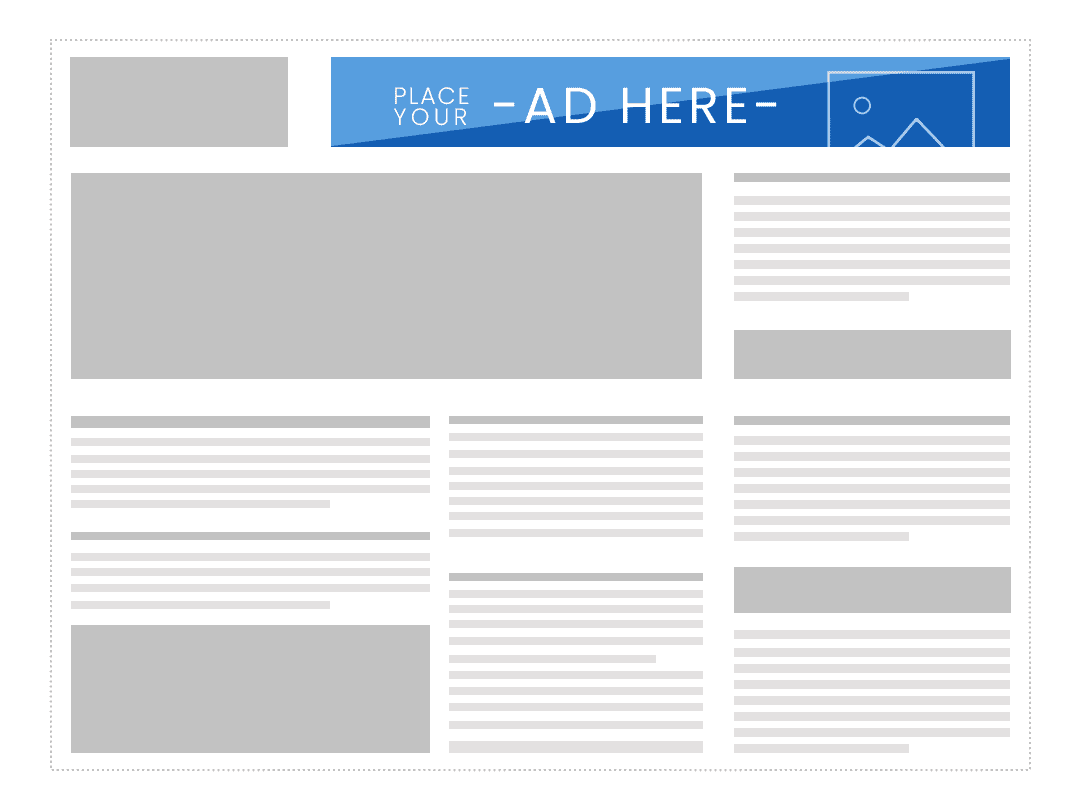
2. Rectangle (336 x 280 or 300 x 250 pixels)
Another popular banner size is the rectangle, which measures 336 x 280 or 300 x 250 pixels. This size is often used in the sidebar of websites and is perfect for displaying ads or promotional content. The rectangle banner size is great for advertising campaigns that require a smaller amount of information or that want to emphasize a single product or service.
3. Skyscraper (120 x 600 pixels or 160 x 600 pixels)
The skyscraper banner size, which measures 120 x 600 pixels or 160 x 600 pixels, is ideal for displaying vertical content, such as lists or long-form articles. This size is also popular for displaying social media feeds or other scrolling content. The skyscraper banner size is perfect for advertising campaigns that want to make use of the vertical space available on a website.
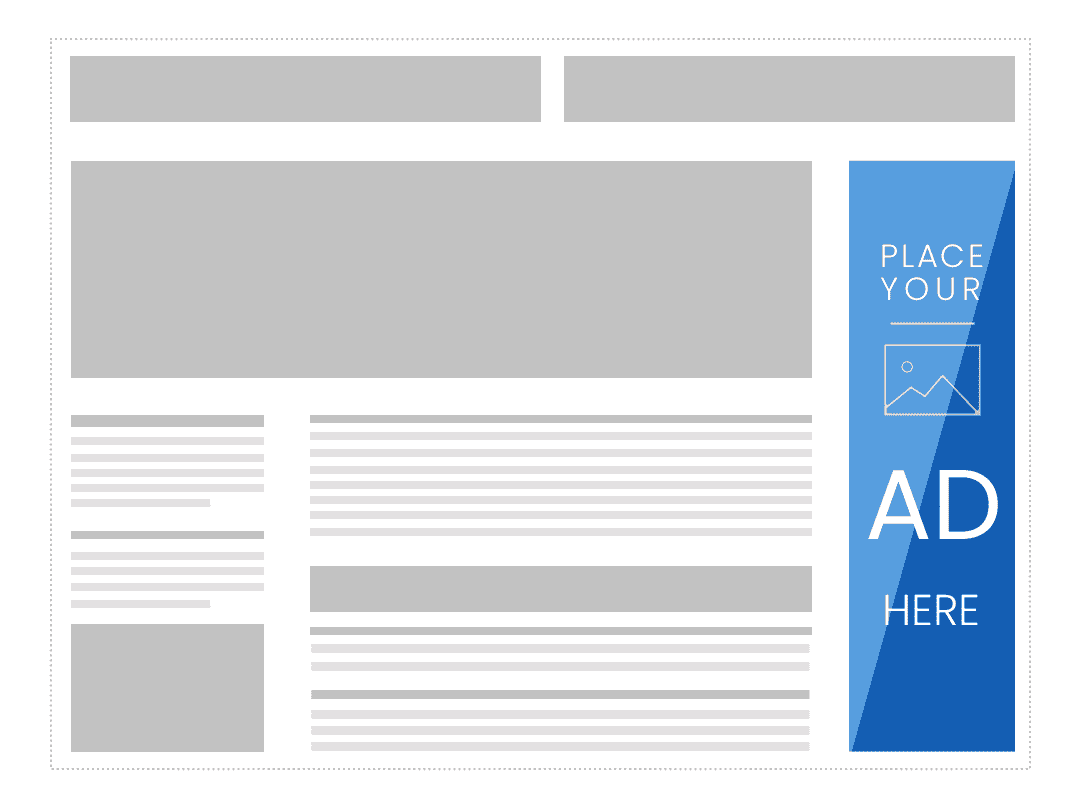
4. Square (250 x 250 pixels or 336 x 280 pixels)
The square banner size, which measures 250 x 250 pixels or 336 x 280 pixels, is perfect for displaying product images or other square-shaped content. This size is often used in the sidebar of websites or in the body of an article. The square banner size is great for advertising campaigns that want to showcase a single product or service in a visually appealing way.
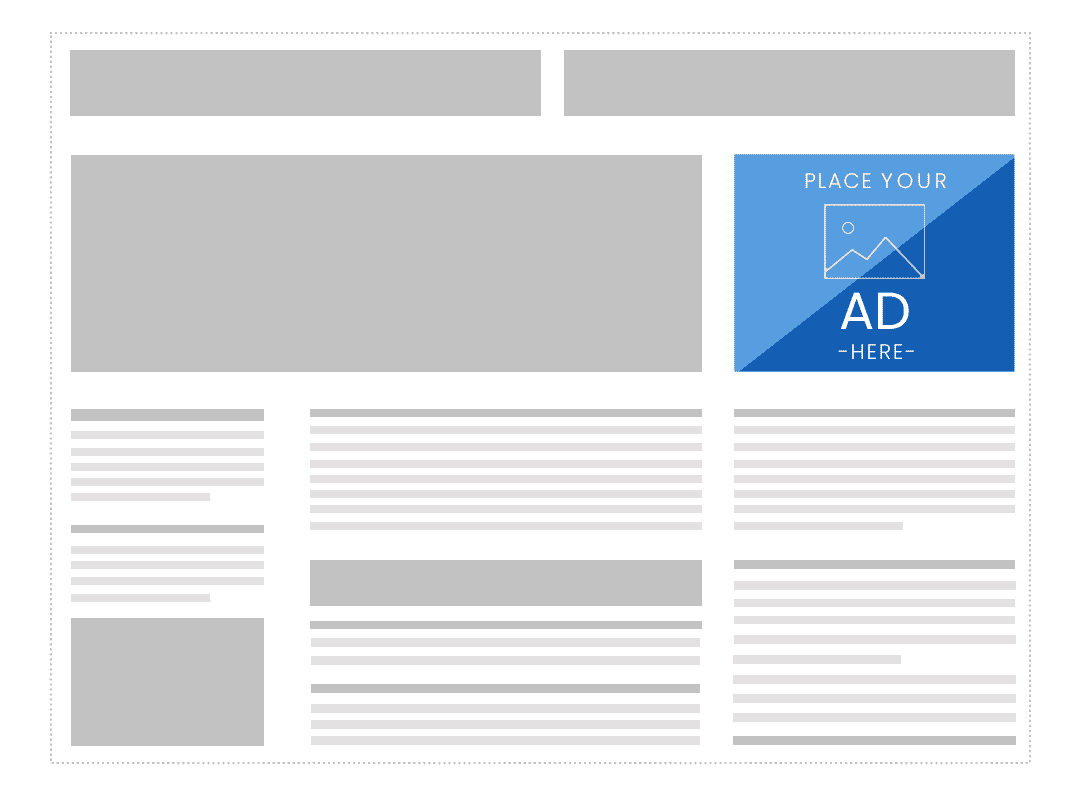
5. Billboard (970 x 250 pixels)
Finally, the billboard banner size, which measures 970 x 250 pixels, is ideal for displaying a large banner at the top or bottom of a website. This size is perfect for displaying images or videos and can be used to create a powerful visual impact. The billboard banner size is great for advertising campaigns that want to make a bold statement and capture the attention of website visitors.
Tips for Choosing the Right Banner Size
Now that you know the most popular banner sizes, how do you choose the right size for your advertising campaign? Here are some tips to help you make an informed decision:
- Consider your audience: Think about who your target audience is and where they are most likely to see your banner. For example, if your audience spends a lot of time on social media, a square or skyscraper banner size might be a better choice than a leaderboard banner size.
- Keep it simple: Don’t try to cram too much information into your banner. Choose a banner size that allows you to convey your message clearly and concisely.
- Use high-quality images: Make sure your banner images are high-quality and visually appealing. Low-quality images can make your banner look unprofessional and turn potential customers away.
- Be creative: Don’t be afraid to get creative with your banner design. Use bold colors, interesting typography, and other design elements to make your banner stand out.
- Test and measure: Once you’ve chosen a banner standard size and created your banner, it’s important to test and measure its effectiveness. Use A/B testing to compare different banner sizes and designs, and track the click-through rates and other metrics to see which banners are performing the best. This will help you refine your advertising campaign and ensure that you’re getting the most value for your advertising spend.
Best Practices in Banner Design
Banners are a powerful way to communicate a message to potential customers and drive conversions. Whether you’re using them for digital advertising or on your website, the design of your banner can make all the difference. In this article, we’ll discuss the best practices for banner design, including resolution, creativity, and tone of voice.
1. High Resolution
One of the most important best practices for banner design is to use high resolution images. For web banners, a resolution of 72 dpi is the standard. However, for larger banners, such as those used in outdoor advertising, a higher resolution may be necessary. High resolution images are crisp, clear, and visually appealing, which can help to capture the attention of your audience. Low resolution images, on the other hand, can appear blurry or pixelated, which can make your banner look unprofessional and less effective.
2. Unique Idea
Another important best practice for banner design is to be creative. A creative banner can stand out from the crowd and make a lasting impression on your audience. To be creative, think outside the box and experiment with different designs, colors, and typography. Don’t be afraid to take risks and try something new.
3. Tone of Voice
The tone of voice you use in your banner is also crucial to its effectiveness. Your tone of voice should be consistent with your brand and the message you want to convey. For example, if you’re promoting a fun and playful product, your tone of voice should reflect that. If you’re promoting a serious or professional product, your tone of voice should reflect that as well.
In conclusion, choosing the right banner size with the right message and creativity is essential for creating a successful digital advertising campaign. By understanding the most popular banner sizes and following these tips, you can create eye-catching banners that capture the attention of your target audience and drive traffic to your website. Remember to test and measure your banners to ensure that you’re getting the best results possible, and don’t be afraid to go creative with your design. With the right banner size and design, you can take your advertising campaign to the next level and achieve your marketing goals.
How useful was this post?
Click on a star to rate it!
Average rating 0 / 5. Vote count: 0
No votes so far! Be the first to rate this post.
Jim Webster is the founder and CEO of iDevAffiliate, Inc. As one of the original developers of iDevAffiliate, he has been involved in the affiliate/influencer industry since the late ’90s. Yes, just about 25 years now! He still maintains an active role in the development, support and management of the iDevAffiliate platform and continues to contribute to the industry via tradeshows, affiliate conferences, speaking engagements, etc.
As an editor and author for our blog, Jim hopes to educate and advise people with more in-depth information & guidance on creating, building and managing profitable affiliate tracking programs.
Jim and his wife Robyn reside in Southern California and enjoy mountain bike riding, snowboarding and relaxing on the beach.




